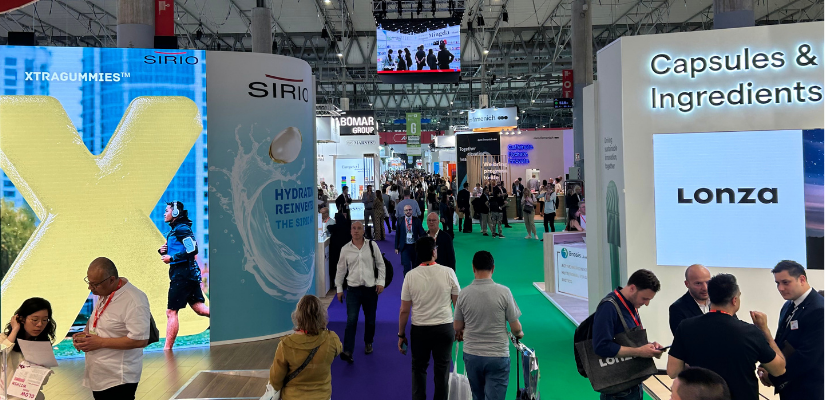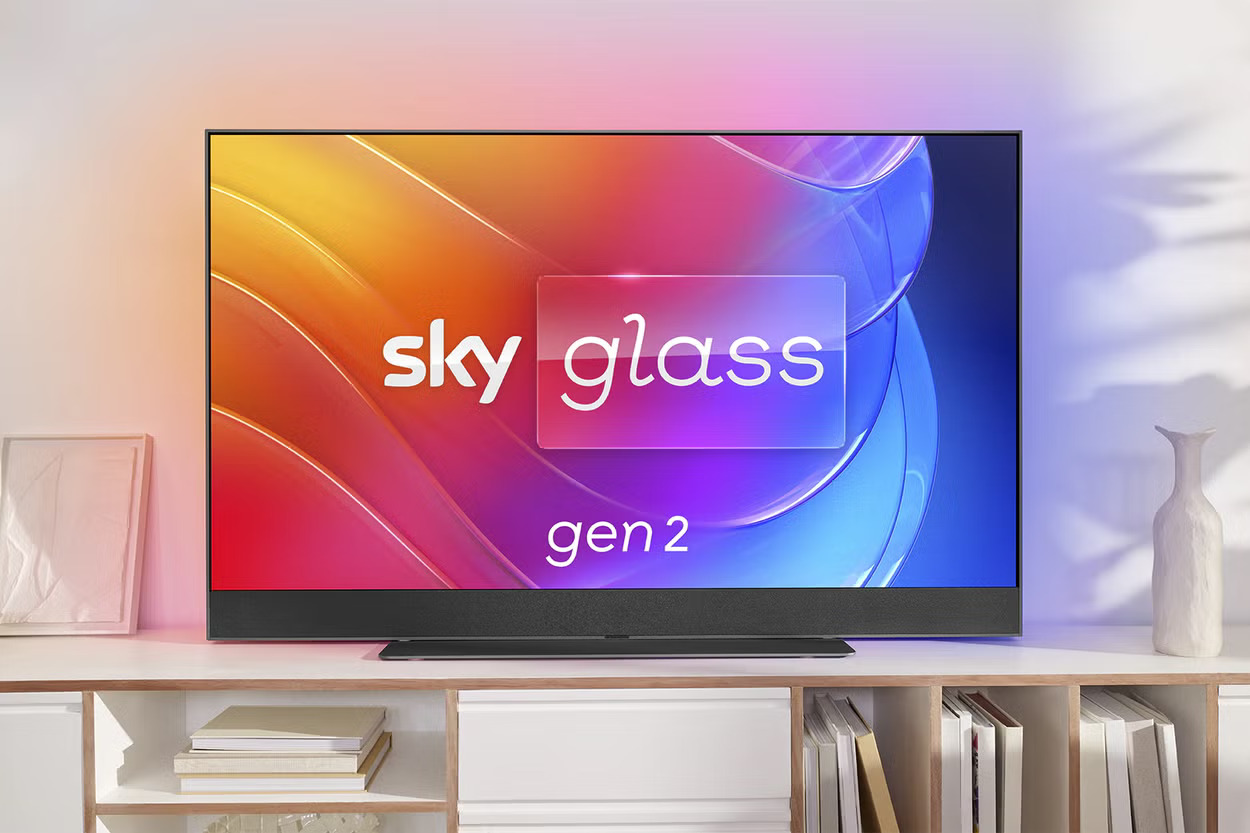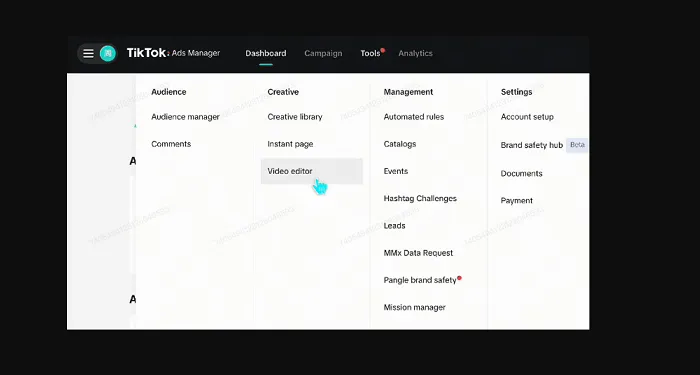Supplement Marketing Strategy in 2025: 5 Big Shifts Brands Can’t Ignore
The global supplement industry is expected to reach $206 billion in 2025, as Bill Giebler stated in his speech at Vitafoods Europe 2025. This growth is driven by evolving consumer expectations, shifts in digital behavior, and next-generation technologies such...

The global supplement industry is expected to reach $206 billion in 2025, as Bill Giebler stated in his speech at Vitafoods Europe 2025. This growth is driven by evolving consumer expectations, shifts in digital behavior, and next-generation technologies such as AI and wearables. But for many supplement brands, the challenge isn’t just about product formulation, it’s about how to build and execute a winning supplement marketing strategy in this fast-changing landscape.
Based on interviews with over 30 brands at Vitafoods Europe 2025, along with the latest market data, this article breaks down five macro shifts shaping supplement marketing strategy today and what your brand needs to do to stay competitive.
1. Consumer Behavior Has Become Digitally Engineered
The new wave of supplement buyers track, compare, and analyze. According to recent data shared by Giebler, 68% of Gen Z and 41% of millennials use AI to help make supplement purchasing decisions, while more than half of consumers say their wearables influence their supplement choices.
That means any supplement marketing strategy that doesn’t include data-driven personalization, wearable integrations, or responsive content funnels is already behind.
Action tip:
Map your customer journey around the data points consumers already collect, like sleep, stress, fitness, and mood. Then, use targeted email flows or personalized website content to deliver solutions that feel custom-built.
Consumers don’t just want to be sold to anymore. They want proof that your product fits their biology and lifestyle. — Bill Giebler, Nutrition Business Journal
2. AI Is Reshaping the Discovery Phase
As AI becomes a daily tool for supplement consumers, search behaviors are changing. Instead of typing “best multivitamin,” users are asking AI tools for personalized recommendations based on their health goals, age, or lab results.
For marketers, this demands a new approach to SEO, content strategy, and product education.
Your supplement marketing strategy must now:
Optimize for AI-generated answer boxes, not just search rankings. Create structured data so AI tools can easily reference your products. Use interactive quizzes or AI-powered recommendation tools on your site to mimic what consumers are already doing elsewhere.Younger customers expect the same intelligence from your website that they get from ChatGPT or Google Gemini.— Marketing Director, DTC Supplement Brand

3. Formats Are Fueling Engagement (Not Just Formulas)
One of the most surprising trends at Vitafoods was how many brands were rethinking form factor as a marketing tool.
From gummies and jellies to functional chocolates and dissolvable strips, supplement companies are investing in formats that create emotional or sensory connections, especially on platforms like TikTok.
We see better compliance with formats people enjoy, like flavored jellies or chocolates with actives. — Peter, Herbaland (Canada)
Consumers want snacks that are enjoyable and functional. That’s where we come in with mushroom-enhanced chocolate bites.— Cherie-Anne, Kairi Chocolate (Caribbean)
A forward-thinking supplement marketing strategy treats delivery format as brand storytelling, not just convenience. Your format can become your differentiator.
Action tip:
Invest in packaging and product visuals that show use cases, textures, and experiences. And include “unboxing” and “first taste” content in your influencer or UGC strategy.
4. Transparency and Trust Have Become Premium Features
Consumers today are ingredient-literate, label-savvy, and deeply skeptical. Terms like “clean label,” “third-party tested,” and “bioavailability” have moved from expert language into everyday shopping vocabulary.
That makes brand trust the single most valuable asset in your supplement marketing strategy and trust now comes from clarity, not claims.
People are done with vague statements. They want to know where it comes from, how it works, and how it’s absorbed. — Dorota, Dwatro (Poland)
We focus on making it simple and honest. Consumers want clean, minimal ingredients and full visibility into what they’re putting in their bodies.— Peter, Herbaland (Canada)
Action tip:
Dedicate entire landing pages (and ads!) to transparency: sourcing, clinical backing, supply chain, and manufacturing practices. Make it visual with traceability maps or interactive ingredient explainers.
5. Most Brands Still Struggle with Digital-First Storytelling
Here’s the hard truth: most supplement brands spend years perfecting their formulations, but fail to explain them online in a way that converts.
Despite the rise in competition, few players have mastered digital-first, emotionally resonant storytelling, the kind that converts scrollers into subscribers. The gap is striking, especially when compared to what beauty ads get right: leading with emotion, aspiration, and visual identity, not just ingredients.
We’ve perfected the science… but sometimes we still struggle to explain that in a compelling way online.— Dorota, Dwatro
The most successful brands today don’t just sell ingredients. They sell identity, aspirations, and transformation.
Look at Athletic Greens (AG1). Their success doesn’t just come from their 75-in-1 formula, it comes from selling a healthy lifestyle brand that high performers want to associate with.
And when it comes to supplement ads, brands like AG1, Supergut, Seed, and Onnit are setting the bar. Not just with sleek creatives, but by building story-driven ecosystems that connect science, lifestyle, and community across every touchpoint.
Final Thoughts
The supplement category is one of the most exciting (and saturated) verticals in wellness right now. But as products become more advanced, the real battleground is no longer the lab, it’s the feed, the inbox, and the search bar.
A successful supplement marketing strategy in 2025 must combine scientific credibility with lifestyle relevance, precision targeting with emotional storytelling, and digital-first experiences with real-world outcomes.
Brands that master both sides of this equation won’t just grow, they’ll define what wellness means for the next generation.

 Troov
Troov 



















![The 2026 AI Search Benchmark Every SEO Leader Needs [Webinar] via @sejournal, @lorenbaker](https://www.searchenginejournal.com/wp-content/uploads/2025/11/1-259.png)










